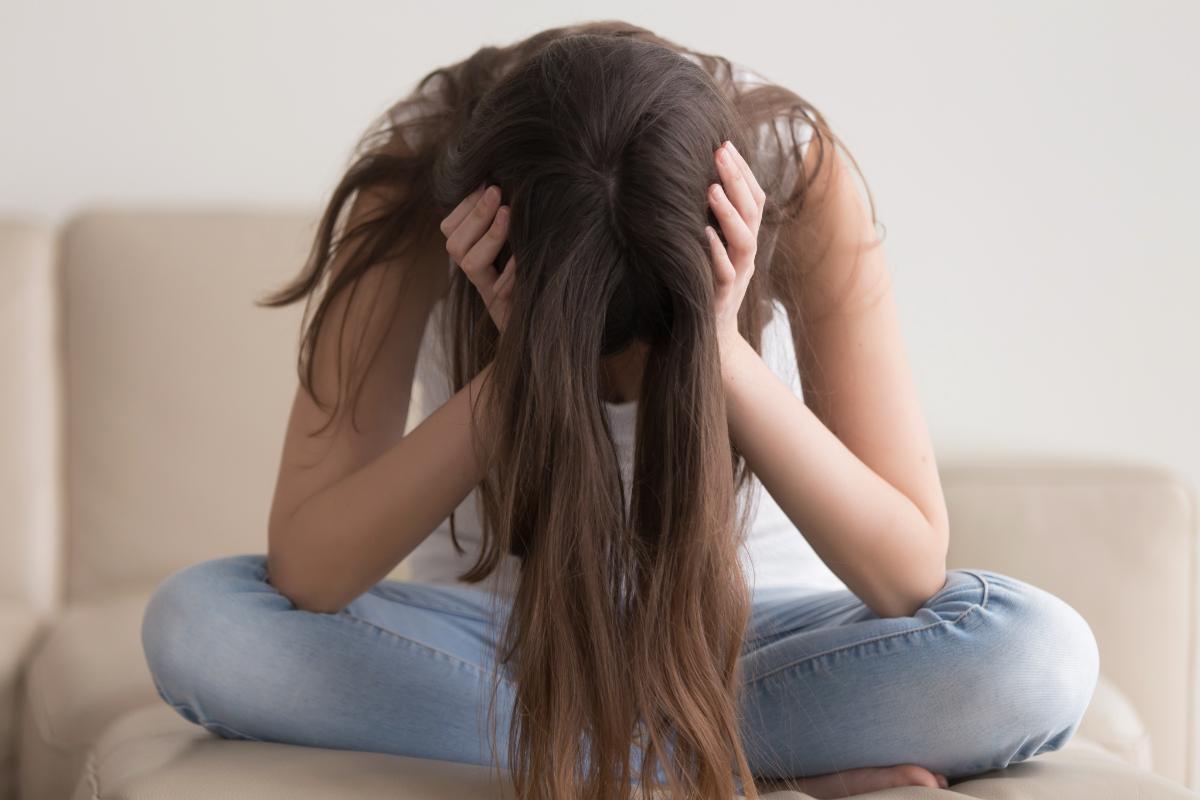Self-harm in children with autism is a serious symptom of autism spectrum disorder (ASD) that needs immediate attention before leading to a serious medical emergency or death. A behavior analysis program can help identify triggers that can lead to self-harm and form healthy coping skills to prevent it from escalating. By understanding the correlation between self-injury and autism, you can help your child develop their coping skills to help them lead a happier and more independent life.
At Camp Worth, we help frustrated teen boys and girls aged 11-17 develop coping skills to prevent self-harm in children with autism. We employ cognitive-behavioral therapy and behavioral psychology to replace self-injurious behavior and teach techniques to stop the unwanted behavior before it escalates. Contact our Camp Worth team today at 855.915.2545 or connect with us online to learn more about our behavior analysis program.
Understanding What Leads to Self-Harm in Children with Autism
The link between self-injury and autism shows that children with ASD are three times as likely to harm themselves.
There are multiple reasons why a child with autism will harm themselves, including:
- A chemical imbalance in the brain
- Seizure activity
- Sensory stimulation
- Frustration
- A learned behavior
Parents can unintentionally create a self-harming habit if their child harms themselves accidentally and you give them a favorite toy or treat to calm them down. To your child, this creates a dangerous habit of pain which results in getting what they want. The more you do this, the stronger the pattern will become.
For children with limited communication skills, self-harm may be a way to communicate a feeling, express fear or anxiety, or get attention. In some cases, it can be a sign that they feel pain but don’t know how to say, my head hurts. You should never ignore self-harming behavior as it is the only way some children with autism may know how to communicate certain feelings or desires.
At Camp Worth, we have extensive experience with autism and self-injurious behaviors. Our behavior analysis program can help identify the cause behind the self-harm and help form healthy coping skills to prevent further injury.
Working with Autism and Self-Injurious Behaviors
A behavior analysis program uses cognitive-behavioral therapy to identify harmful behavior and develop intervention plans to replace self-injurious behaviors.
Children with autism and self-injurious behaviors will work with a behavioral therapist to:
- Identify what your child wants and the communication barriers causing the harmful behavior.
- Interact with your child in different scenarios and stimuli to recognize triggers.
- Create new coping skills to express themselves without injury using words, hand gestures, or other techniques.
- Create a plan for addressing self-harming behavior to reduce their triggers and intervene positively.
Parents can help speed up identifying self-injurious behavior and what triggers it by keeping a journal of when the self-harm occurred, what time, activity, if anyone was present, and what proceeded the unwanted behavior.
Programs at Camp Worth
Our residential autism treatment center at Camp Worth helps teen boys and girls aged 11-17 with autism and self-injurious behaviors. Our behavior analysis program helps improve their communication skills and confidence as they learn to communicate more effectively. We provide a well-rounded treatment program that can improve all aspects of your child’s life:
- Medication management
- Individual therapy program
- Family counseling program
- Social skills groups
- Functional skills training program
Reduce Self-Harm in Children with Autism with Support from Camp Worth
At Camp Worth, our goal is for your child to have the necessary social and life skills they need to lead a happy and independent life. Find support for your child’s autism and self-injurious behaviors from our Camp Worth team. Call 855.915.2545 or fill out our online form today to learn more about our behavior analysis program and how it can help reduce self-harm in children with autism.








